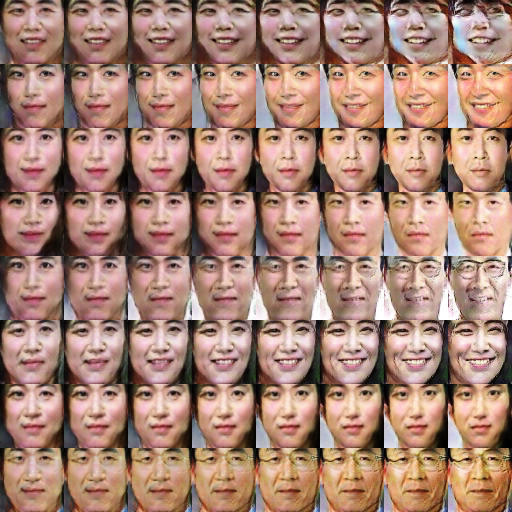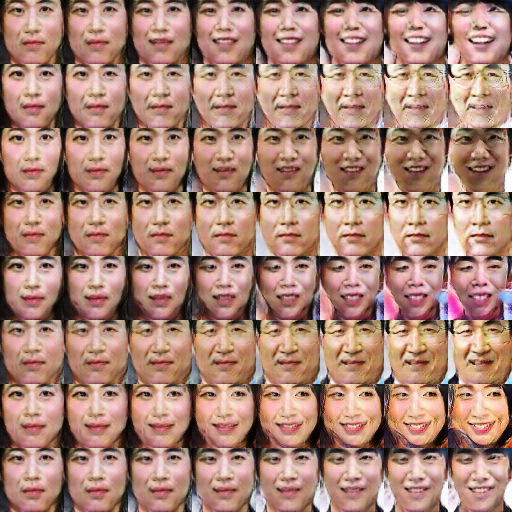DCGAN, which is the core of Face Generator, consists of two different neural networks which are:
1. Generator (G) that generates an image
2. Discriminator (D) that discriminate real images from generated images
Two neural networks compete as one tries to deceive the other. This kind of learning is called Adversarial Learning. Because of this, Generator and Discriminator are described as a thief and police, respectively.
Generator and Discriminator consist of Deconvolutional Network (DNN) and Convolutional Neural Network (CNN). CNN is a neural network which encodes the hundreds of pixels of an image into a vector of small dimensions (z) which is a summary of the image. DNN is a network that learns filters to recover the original image from z.
When a real image is given, Discriminator should output 1 or 0 for whether the image was generated from Generator. In the contrast, Generator generates an image from z, which follows a Gaussian Distribution, and tries to figure out the distribution of human images from z. In this way, a Generator tries to cheat Discriminator into making a wrong decision.



































